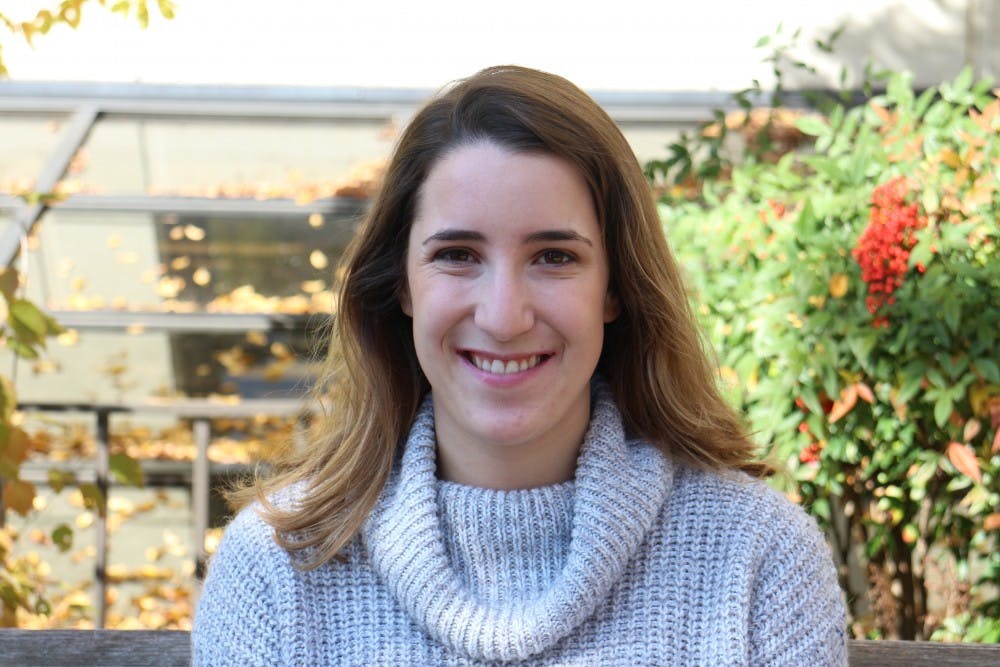The clocks have turned back and the afternoon sunlight is dimming earlier and earlier every day. Winter is fast approaching, even if the abnormally warm weather still has me questioning if I’ll need a coat when I leave in the morning. This time of year comes with delights such as Pumpkin Spice Lattes, holiday celebrations, cozy sweaters and warming comfort foods. For many of us, however, it also brings about a type of yearly depression known as Seasonal Affective Disorder.
Seasonal Affective Disorder, or SAD, is directly related to the changing seasons. The majority of people with SAD experience symptoms that begin in late fall and early winter. If you suffer from winter-time SAD, you might notice difficulty concentrating, feelings of hopelessness, depression, excessive sleepiness and changes in your appetite, like craving more carbohydrates.
If you identify with these symptoms, you are far from alone. SAD affects between 10 and 20 percent of people. Women are diagnosed four times as often as men. Younger people tend to have a higher risk for the disorder than older adults, which means college students are at higher risk. If you already suffer from depression or bipolar disorder, your risk for SAD goes up.
It can be easy to assume that these feelings are just an unfortunate but necessary side effect of the winter months. In truth, SAD results from a chemical imbalance in the brain, which is why it is so important to stay in tune with your body so that you can treat your symptoms and start to feel better.
SIS Sophomore Hannah Wilson-James spoke with me about her own experience with SAD. Hannah is from Santa Cruz, California, where winters are much milder than here in D.C. Her symptoms became more severe when she got to college, describing the experience as “a freezing and thawing process, like as everything gets grey and cold I feel more numb, and then in spring I feel like I wake up again”.
“I think a lot of it has to do with the lack of light--the days seem to blur together without a strong distinction between day and night,” Wilson-James said.
SAD lamps are a popular treatment for those with Seasonal Affective Disorder. They are inexpensive light-therapy boxes that you can sit in front of every morning in the fall and winter months for about 30 minutes to give yourself a dose of artificial sunlight. Researchers believe these light boxes cause a chemical change in the brain that lifts your mood and eases depression symptoms.
A recent episode of the popular show, “Broad City,” saw the typically spirited Ilana Wexler feeling more and more sluggish and depressed as winter creeps in. She uses a SAD light that works as a quick-fix, giving her a boost of energy to go about her normal daily activities. Wexler explains how she has been decreasing her antidepressant dosage for months in hopes of living a more “natural” life, but she is clearly struggling with symptoms that her SAD light is not capable of fixing on its own.
“You know what? I should just increase my medication in the winter,” Wexler said, recognizing the shortcomings of using the light box alone to treat her SAD. “I was trying to decrease [antidepressants] to feel ‘pure and strong’ or something; but that’s just shame and stigma.”
For some people with milder symptoms of SAD, light therapy is a very effective treatment plan. For others, the best way to deal with the cold winter months is to pair light therapy with prescribed medication. While symptoms of SAD tend to be similar in those that suffer from it, that does not mean all treatment plans look the same. What is important is to figure out what works for you.
Wilson-James and Wexler have done the necessary self reflection to decide what avenue of treatment is right for them. As college students, this can be a difficult task because our lives tend to be extremely busy with not enough room for self care. In cases of SAD (and pretty much everything else pertaining to our mental and physical health), listening to our bodies and caring enough to take the steps to help ourselves is crucial.
As much as I might protest, the hours of daylight continue to wane as we move towards winter. As D.C. residents, we know the city can be a cold and grey place at this time of year. If you are experiencing feelings of depression, you may be suffering from a very common and treatable condition. There is no shame in seeking out help when you recognize you are not feeling well.
Olivia Richter is a senior in the School of Communication and College of Arts and Sciences. She is a staff columnist at The Eagle.
orichter@theeagleonline.com





